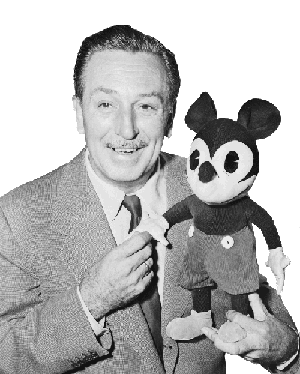 Public
Public Public
PublicFor Public image, I make official adverting for whole place. It push out the usefulness of the product.
This image can use by any place for example like outdoor advertising.In Public image, I use closer view to the window in rain day.
In this image, I don’t directlyuse female image to show the product for woman. I pick a way to show women romanticism, because we mostly see women write down sentence, or drawing on the window in rain day.

Social
For Social image, I decide make the adverting for some special place like wedding company. Because my product for woman, I think wedding is good place to promote my product and to show the social relationship.
In this image, I use Indirect Gaze and Horizontal Angles to show the space between the viewer and participant.Indirect Gaze can make the viewer to pay more attraction to environment.
Horizontal Angle show the equal relationship between viewer and participant.Because Social image more like the official poster so I make a advertising slogan to give prominence to my product.My advertising slogan is “Give you a prefect wedding!”
 Intimate
IntimateThe image for Intimate, I decide for Internet website, so I make it to simple flash image.I choose using Direct Gaze to show the relationship between the viewer and the participant.



















